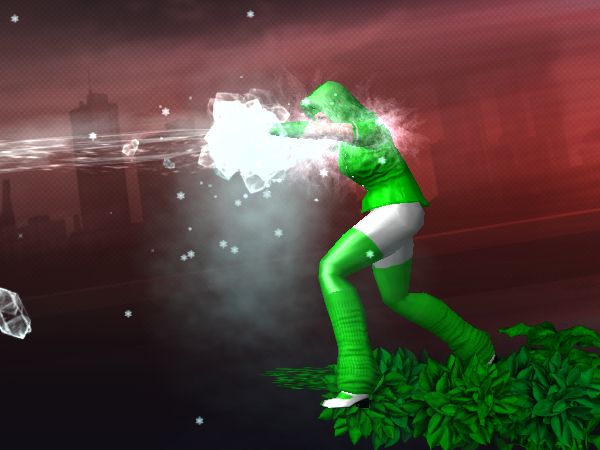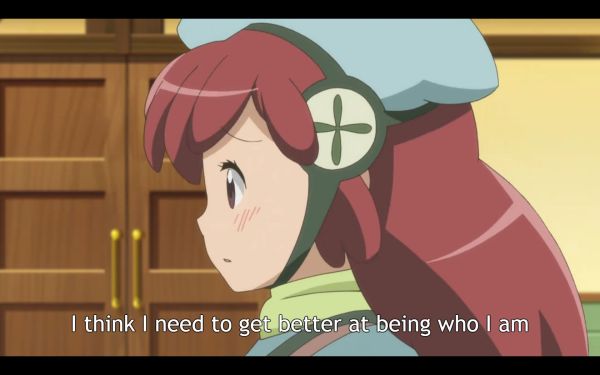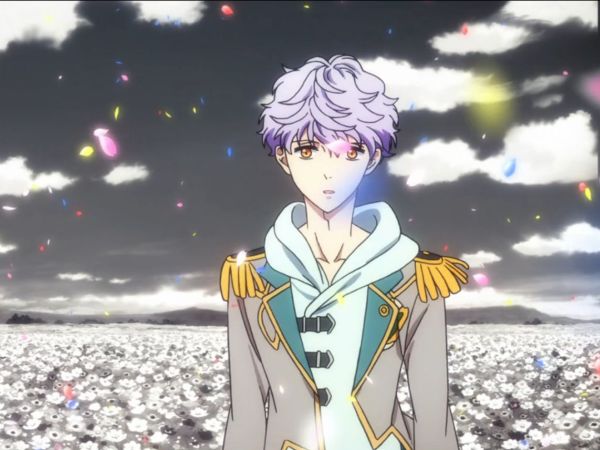
This picture may be created by the City of Heroes character generator, but the heroine Nordic Spring is from the totally imaginary MMORPG Paragons which never existed in our world, only in the world of the novel I am currently writing (my second NaNoWriMo novel this year, after I won the 50 000 words challenge with my first story, Artworld.) In contrast to Artworld, I am having a blast writing Paragons of Virtue, where Virtue refers to “Virtue City”, the city formally known as “Virtual City” before it became real, and totally not the Virtue server in City of Heroes, which is an intellectual property held by NCSoft Inc, whose lawyers are probably on the Internet like most people these days.
Nordic Spring is one of the characters in my story set in the defunct MMORPG Paragons that has mysteriously become real. She is a Nature / Ice Guardian, which is totally not a Nature Affinity / Ice Blast Defender from City of Heroes, seeing how CoH doesn’t exist and never has in that world. Before coming to the alternate reality of Virtue City, she was a slightly physically challenged, long-haired woman named Tove something or other, which is totally not a poorly disguised rewrite of Tuva, not that it matters since they are both imaginary and all.
The main main character of the story is Lightwielder Trainee, a Light/Light tank. The tank class is a mainstay of MMORPGs since long before CoH was made, and it is not spelled “tanker” like the corresponding archetype in CoH. Also, CoH doesn’t have Light powersets, although it has Darkness powersets, which work differently. (The MMORPG Champions does have a Light powerset, but it works slightly differently from in my imaginary world, beyond the obvious implications of the name.) Before coming to Virtue City, Lightwielder Trainee was an underpaid office worker named Markus. In the story he is mostly referred to as Markus when doing internal monologue or talking with friends, and Lightwielder Trainee when doing heroic things or being mentioned by others. Only Tove knows his former identity, and the other way around, as they used to team up together almost every day for several years, to the point where people thought they were a couple.
Of course, now that they are physically in the game world, who knows what will happen. But I am pretty sure it will be rated T for Teens, like the game itself. Or “Young Adult” as they say about books.
***
I am having a blast writing this story, it is one that practically writes itself. Which is great because I get to read a new chapter or two each day. The downside with stories that write themselves is that I have less control over them than if I crafted them from scratch. For instance, I had planned to introduce Tove early in the book and use her as an alternate viewpoint character to avoid this becoming just a translation from 1st person perspective.
One thing that bothered me about Artworld was that the heroine got way too little exposure and development because the MMC (male main character) was the narrator. An interesting character was largely kept unexplored and the romance was badly understated because the MMC did not really understand her emotions. (What guy can understand a woman’s emotions anyway?) So I decided that my next book would be 1) not a romance, although there might be pairings and triangles in it, and 2) not a first person perspective. In practice, however, I am now on the 6th chapter of what I call “translated first person”, by which I mean it reads as if it was written in first person narrative and then someone went through the text and replaced all instances of “I” with “he” (or occasionally the name), “me” with “him”, “our” with “their” and so on. Only one person has internal monologue, only one person’s feelings are clear to the reader, and the reader does not know things the main character doesn’t know.
Translated first-person perspective is very common in LitRPG novels, even in good ones like Aleron Kong’s Chaos Seed. But having recently rewatched parts of the anime Log Horizon, based on the LitRPG books by the same name, I see how useful it can be to expand the scope a bit, even if you maintain a main character. If you compare Log Horizon to Sword Art Online, another popular Japanese LitRPG which was made into an anime, you will notice that the main character of SAO has a pretty strong Mary Sue (or Marty Stu) flavor. In other words, he is too perfect and overpowered.
One of the most appealing aspects of LitRPG is that the characters are constrained by the game mechanics. You have to do your grinding and your artifact quests in order to become powerful, you cannot muddle through until toward the end of the book, when everything comes to a climax, the main character suddenly has godlike powers because of his heroism or his love or his heritage or an ancient prophecy or because Mystra said so. That is one of my major turn-offs about conventional fantasies, and conversely one of the things I love about LitRPG is that the character has to do the grinding to power up, use his creativity to find the best strategies and tactics based on understanding the rules, and gain the cooperation of other heroes or even villains to help save the day.
So what I wanted to write was a kind of “Log Horizon meets City of Heroes” (except not really). But the writing style, as much as I love writing and reading it myself, may get in the way of making this what I wanted.
Of course, it is still early. I mean, as of Chapter 6 (16000 words) we are still in the character’s first day in Virtue City, and he is still level 4. The tentative female main character has just arrived and is level 2, having done only a street quest so far. (Notice that the quests are usually called quests or quest missions, never just “missions” because this is totally not City of Heroes. I am sure not even lawyers could misunderstand that.)
But now it is time to get back to City Park, which is totally not Atlas Park, the starting zone in City of Heroes. Just like Factory Row is not Kings Row, Steel Towers is not Steel Canyon, and so on.


